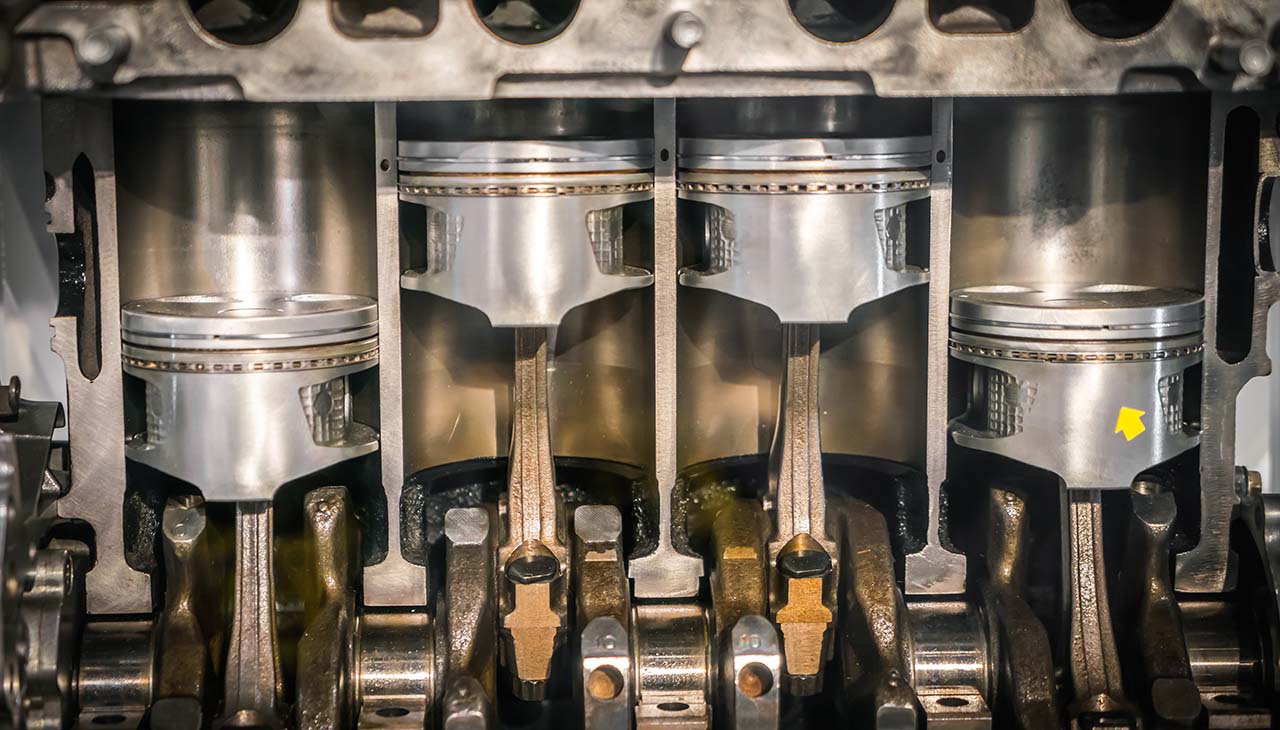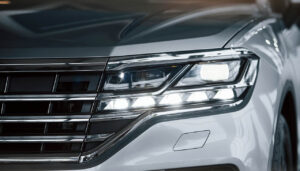The story of car engines is a fascinating journey of innovation, resilience, and the constant pursuit of efficiency and power. The evolution from the early steam engines, with their charming but inefficient ways, to today’s sleek electric motors, encapsulates more than a century of technological advancements. This transition has not only revolutionized the way we mobilize but also reflects the shifts in energy sources and society’s growing environmental consciousness. In the chapters that follow, we delve into the pivotal moments of this evolution, exploring how each phase of engine development has shaped our relationship with personal transport.
Steam-Powered Engines
Steam engines, harking back to the 18th and 19th centuries, were groundbreaking as the first engines to mobilize vehicles, playing a crucial role in the burgeoning Industrial Revolution. These machines relied on the simple yet powerful principle of pressurized steam to generate movement. The early development of steam-powered vehicles marked a remarkable leap forward from horse-drawn carriages, offering unprecedented autonomy in travel.
The advantages of steam-powered vehicles were noteworthy for their time. They could cover longer distances without the need for frequent stops and were less dependent on human or animal labor. However, these engines had significant limitations, including long startup times, inefficiency in fuel consumption, and the sheer bulkiness of the machinery, which made them less practical for personal transportation.
Despite these drawbacks, the impact of steam power on the Industrial Revolution and the transportation sector was profound. Steam engines facilitated the mass movement of goods and people, contributing to the expansion of industries and cities. Their influence laid essential groundwork, paving the way for the development of more advanced and efficient engines, leading eventually to the gasoline and diesel engines that would dominate the 20th century.
Internal Combustion Engines
The emergence of gasoline and diesel engines marked a significant turning point in the history of automotive technology. These internal combustion engines were more compact, powerful, and efficient than their steam-powered predecessors. Pioneering figures such as Nikolaus Otto, who invented the four-stroke cycle, and Rudolf Diesel, who created the engine that bears his name, were instrumental in advancing engine design. Their contributions laid a foundation that would not only power individual vehicles but also propel society into a new era of mass transportation.
The influence of these internal combustion engines extended beyond the mere mechanics of cars. They played a pivotal role in the advent of mass production, embodied by Henry Ford’s assembly line, which made cars affordable and accessible to the broader population. Soon, transportation infrastructure began to transform, with roads and highways being constructed to accommodate the increasing number of motor vehicles. This rapid development in transportation technology and infrastructure significantly altered the landscape of travel, commerce, and urban planning.
Hybrid Engines
The advent of hybrid engine technology marked a transitional phase in automotive innovation, addressing the rising environmental concerns and the need for improved fuel efficiency. Hybrid vehicles combine the traditional internal combustion engine with electric motors, offering a compromise between the benefits of electrification and the existing fuel-based infrastructure. The appeal of hybrids is in their ability to considerably reduce emissions and improve mileage, making them both eco-conscious and economical for consumers.
The popularity of hybrid vehicles surged as they entered the automotive market, with pioneering models like the Toyota Prius leading the charge. Hybrids were no longer niche products; they rapidly became mainstream choices for environmentally aware drivers globally. This marked a tipping point in consumer behavior, as the public increasingly sought options that reduced their carbon footprint without compromising range or convenience. The symbiosis between electric and gasoline engines in hybrids was a critical stepping stone that set the stage for the next seismic shift in automotive technology: the pure electric vehicles (EVs).
Electric Engines
The rise of electric vehicles (EVs) represents the cutting-edge frontier in automotive technology, signifying a monumental shift towards sustainable transportation. Free from the constraints of traditional combustion, modern electric propulsion systems offer a harmonious blend of performance, efficiency, and environmental stewardship. This surge is powered by significant advancements in battery technology, power electronics, and electric motor design, allowing for greater range, faster charging, and more responsive vehicles.
The impact of EVs on reducing carbon emissions cannot be overstated. As nations worldwide grapple with the urgent need for clean energy solutions, electric vehicles present a viable alternative to fossil fuels. The transition to electric mobility is poised to play a pivotal role in the global strategy to combat climate change, curb air pollution, and transition towards renewable energy sources. As infrastructure for EVs expands and technology continues to advance, electric engines stand at the vanguard of an automotive revolution, driving us towards a cleaner and more sustainable future.
Future Trends and Innovations
Looking towards future trends and innovations in automotive propulsion, the industry is likely to see burgeoning developments in alternative fuel sources, such as hydrogen fuel cells and biofuels. Hydrogen, with its high energy content and clean-burning properties, has the potential to power vehicles without emitting anything more harmful than water vapor. Likewise, biofuels, derived from renewable biological sources, offer a way to reduce the carbon footprint associated with traditional fuels, though their widespread adoption hinges on advancements in production and compatibility with existing engine technologies.
Integration of artificial intelligence (AI) and smart technology is set to redefine the driving experience and vehicle performance. AI-driven systems are anticipated to manage in-vehicle operations with unmatched precision, optimizing everything from energy consumption to predictive maintenance. Smart technology goes beyond enhancing the mechanics; it will enable vehicles to communicate with each other and the roadway infrastructure, leading to improved traffic management and a reduction in collisions.
Consumer preferences are evolving rapidly, with a discernible shift towards environmentally friendly and technologically integrated vehicles that promise to reshape the automotive marketplace. This shift is influencing industry regulations globally, as governments impose stricter emissions standards and offer incentives for electric vehicle production and adoption. The confluence of these anticipated shifts suggests an automotive future characterized by innovative propulsion technologies that are sustainable, intelligent, and responsive to the changing demands of society and the environment.






Be First to Comment